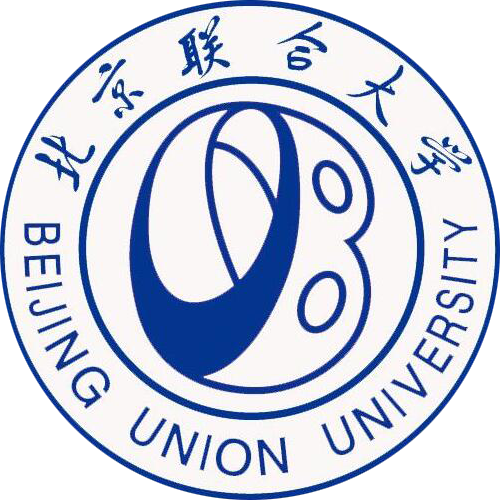详细信息
Biosynthesis, property comparison, and hemocompatibility of bacterial and haloarchaeal poly(3-hydroxybutyrate-co-3-hydroxyvalerate)
文献类型:期刊文献
中文题名:Biosynthesis, property comparison, and hemocompatibility of bacterial and haloarchaeal poly(3-hydroxybutyrate-co-3-hydroxyvalerate)
英文题名:Biosynthesis, property comparison, and hemocompatibility of bacterial and haloarchaeal poly(3-hydroxybutyrate-co-3-hydroxyvalerate)
作者:Youxi Zhao[1,2,3];Zhiming Rao[1];Yanfen Xue[3];Ping Gong[2];Yizhi Ji[2];Yanhe Ma[3]
第一作者:赵有玺;Youxi Zhao
机构:[1]The Key Lab of Industrial Biotechnology, Ministry of Education,School of Biotechnology, Jiangnan University;[2]Biochemical Engineering College, Beijing Union University;[3]State Key Laboratory of Microbial Resources, Institute of Microbiology, Chinese Academy of Sciences
第一机构:The Key Lab of Industrial Biotechnology, Ministry of Education,School of Biotechnology, Jiangnan University
年份:2015
卷号:0
期号:22
起止页码:1901-1910
中文期刊名:科学通报:英文版
收录:Scopus;CSCD:【CSCD2015_2016】;PubMed;
基金:supported by the General Project of Beijing Excellent Talents Cultivation Project(2014000020124G064);Beijing Municipal Education Commission(SQKM201311417003);the National Basic Research Program of China(‘‘973’’Program)(2012CB725202);the National Natural Science Foundation of China(21276110);the Priority Academic Program Development of Jiangsu Higher Education Institutions;the‘‘111’’Project(No.111-2-06)
语种:英文
中文关键词:血液相容性;性能比较;合成;细菌;Ralstonia;血小板粘附;PHBV;古菌
外文关键词:Polyhydroxyalkanoates ;Haloarchaealbiopolymer ; Microbial synthesis ; Wettability ;Hemocompatibility
摘要:Polyhydroxyalkanoates(PHAs) are a class of natural biopolyesters accumulated intracellularly by many microorganisms. These polymers have attracted particular attention as green plastic in biomedical and industrial applications due to their good biodegradability and biocompatibility. Poly(3-hydroxybutyrate-co-3-hydroxyvalerate)(PHBV) is one of the most common members of PHAs. However, there is no report comparing the properties of PHBV from different groups of producers, e.g.,bacteria and haloarchaea. In this study, two types of PHBV copolymers were synthesized in Halogranum amylolyticum and Ralstonia eutropha, respectively, by feeding different carbon sources. They possessed a similar concentration of3 HV monomers(21 mol%) and were named PHBV-H(produced by H. amylolyticum) and PHBV-B(produced by R. eutropha) based on their source. Interestingly, they exhibited different behaviors especially in thermal stability, melting temperature, crystallinity percentage, and mechanical properties. Furthermore, the films of PHBV-Hand PHBV-B possessed different surface properties, such as surface roughness, wettability, and surface free energy.The value of hemolysis on the PHBV-H film was lower in comparison with the PHBV-B film, although both values were within the limit of 5 % permissible for biomaterials.Notably, few inactivated platelets adhered to the surface of the PHBV-H film, whereas numerous activated platelets were seen on film PHBV-B. These results indicated that PHBV-H was a better potential component of blood-contact biomaterials than PHBV-B. Our study clearly revealed that the properties of PHAs are source dependent and haloarchaeal species provide a new opportunity for the production of desired PHAs.
Polyhydroxyalkanoates (PHAs) are a class of natural biopolyesters accumulated intracellularly by many microorganisms. These polymers have attracted particular attention as green plastic in biomedical and industrial applications due to their good biodegradability and bio- compatibility. Poly(3-hydroxybutyrate-co-3-hydroxyvaler- ate) (PHBV) is one of the most common members of PHAs. However, there is no report comparing the properties of PHBV from different groups of producers, e.g., bacteria and haloarchaea. In this study, two types of PHBV copolymers were synthesized in Halogranum amylolyticum and Ralstonia eutropha, respectively, by feeding different carbon sources. They possessed a similar concentration of 3HV monomers (21 tool%) and were named PHBV-H (produced by H. arnylolyticum) and PHBV-B (produced by R. eutropha) based on their source. Interestingly, they exhibited different behaviors especially in thermal stabil- ity, melting temperature, crystallinity percentage, and mechanical properties. Furthermore, the films of PHBV-Hand PHBV-B possessed different surface properties, such as surface roughness, wettability, and surface free energy. The value of hemolysis on the PHBV-H film was lower in comparison with the PHBV-B film, although both values were within the limit of 5 % permissible for biomaterials. Notably, few inactivated platelets adhered to the surface of the PHBV-H film, whereas numerous activated platelets were seen on film PHBV-B. These results indicated that PHBV-H was a better potential component of blood-contact biomaterials than PHBV-B. Our study clearly revealed that the properties of PHAs are source dependent and haloarchaeal species provide a new opportunity for the production of desired PHAs.
参考文献:
![]() 正在载入数据...
正在载入数据...


